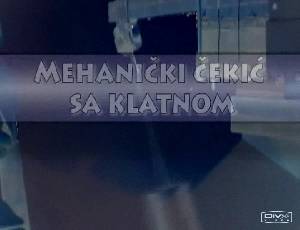 | | A MECHANICAL HAMMER WITH A PENDULUM |
|
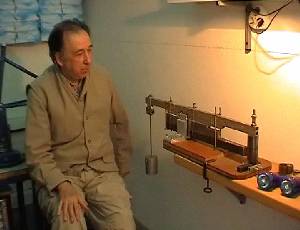 | We can observe several experiments
with the two armed lever. |
|
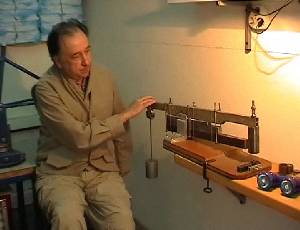 | | Here is the fulcrum. |
|
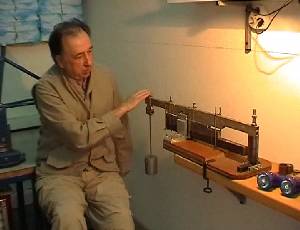 | The shorter arm is nearer to me, and on
the other side is the longer one. |
|
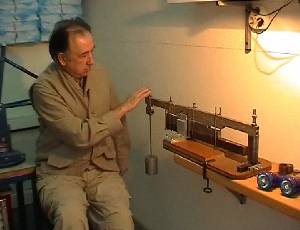 | At the shorter arm, which is very important,
physical pendulum is positioned. |
|
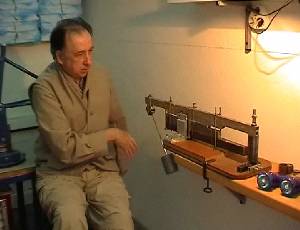 | Its oscillations cause the two armed
lever to oscillate. |
|
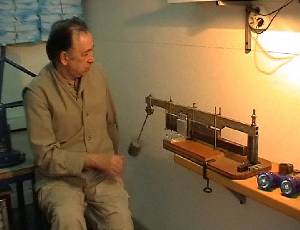 | | Very small amount of energy is needed. |
|
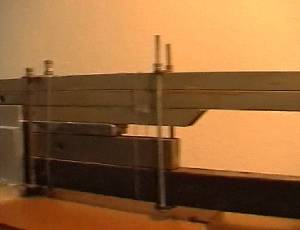 | For mechanical work, with a hammer
or a pestle, |
|
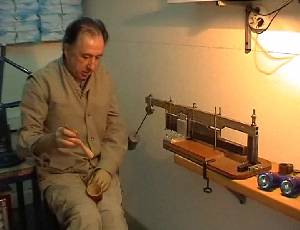 | for example, continuous effort would
be necessary. |
|
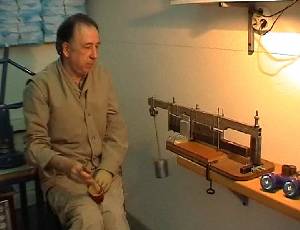 | Here, on the other hand, one should only
occasionally maintain the oscillation. |
|
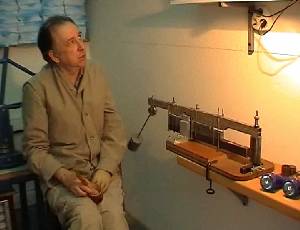 | Very light, ocassional effort, unlike
conventional devices, |
|
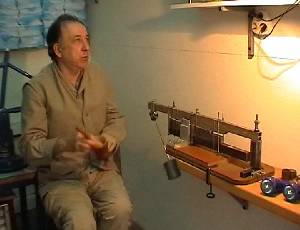 | | which require continuous input of energy. |
|
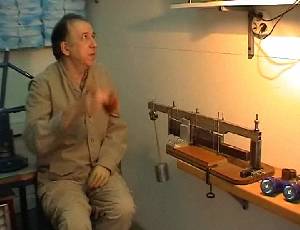 | | There is another interesting point. |
|
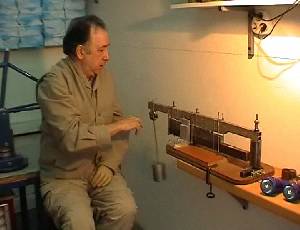 | If the pendulum is in motion, and we
stop the lever, |
|
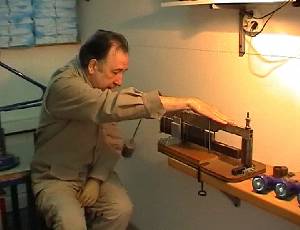 | | the pendulum continues with its movements. |
|
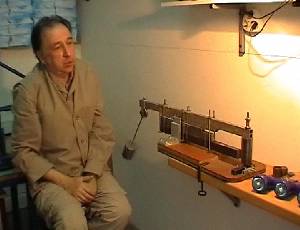 | And when we let go of the lever, it
continues to move, as if nothing happened. |
|
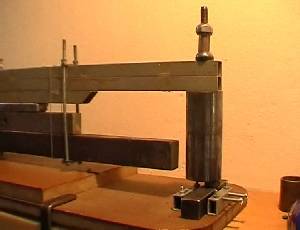 | Unlike the transmission with cogwheels,
where if we stop the exit, |
|
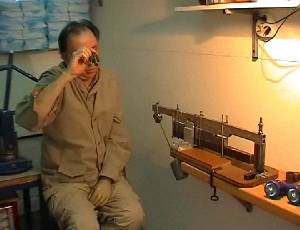 | the entry also stops. So, we have a
completely different behaviour. |
|
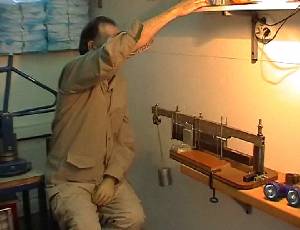 | Now, the hammer is hitting the hard
surface. |
|
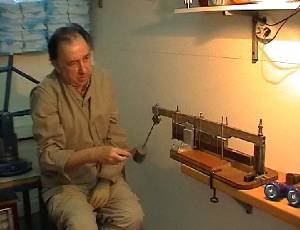 | If we put a soft object under the hammer,
there will be no changes. |
|
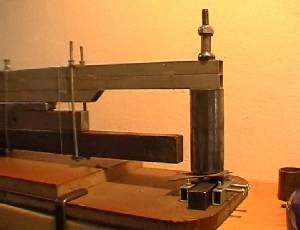 | Because the pendulum is still working in
the same way. |
|
 | The power of the device is an
interesting topic. |
|
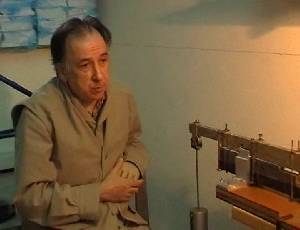 | Anyone can check the power by
holding the longer arm. |
|
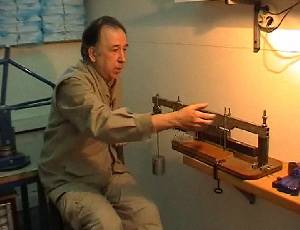 | | Here, you can hold and lift it a bit. |
|
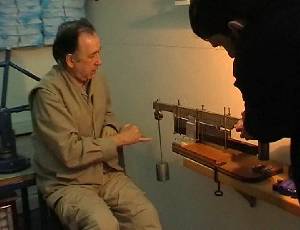 | On the other side, you can move it
only with one finger. |
|
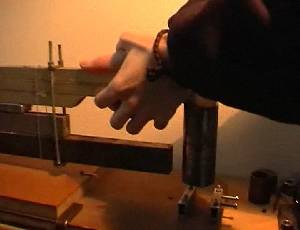 | | But, even a very strong person can't stop it. |
|
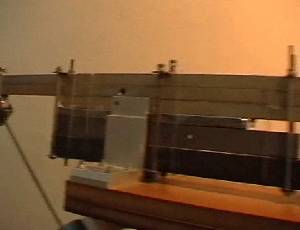 | One needs to keep the pendulum oscillating
only occasionally. |
|
 | However, the two armed lever can not be
stopped, |
|
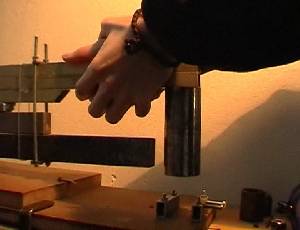 | since we have an ideal combination of
centrifugal and gravitational forces. |
|
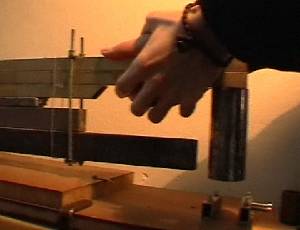 | When one culminates, the other does
the same. |
|
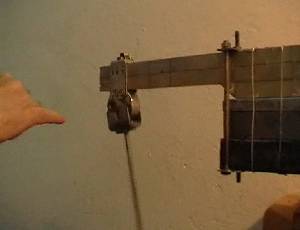 | It means it is impossible to stop the
lever, even though we use the longer arm. |
|
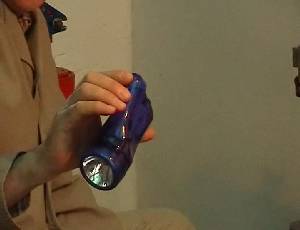 | | Using two flashlights with dynamos, |
|
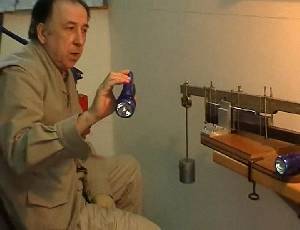 | we can see the difference at the entry
and exit points. |
|
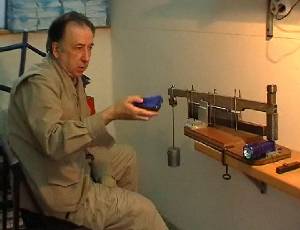 | One flashlight will be positioned under
the hammerhead, |
|
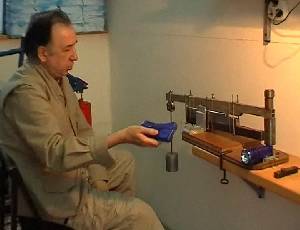 | and the other will be used for maintaining
the oscillation. |
|
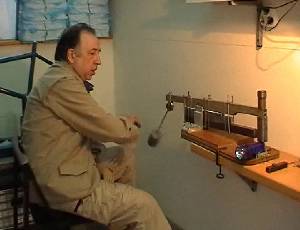 | | And, a drastic difference is obvious, |
|
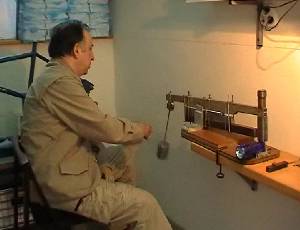 | since we only have to maintain the
oscillation occasionally. |
|
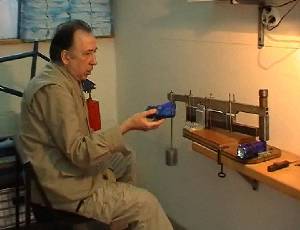 | But, on the other end, we see major
changes. |
|
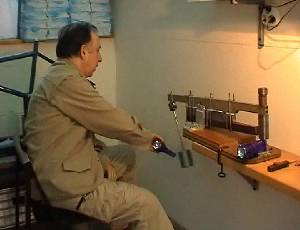 | At the entry, or the primary part,
movements are too fast for the eye. |
|
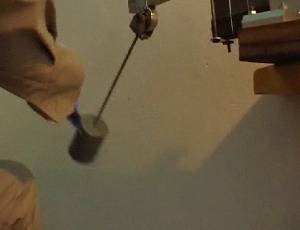 | This means, that the contact is very short,
but the changes are there. |
|
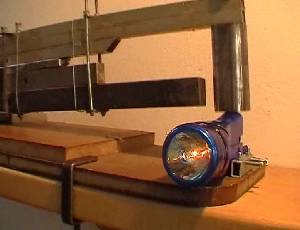 | Of course, the movement can be vertical,
and it can be instantaneous. |
|
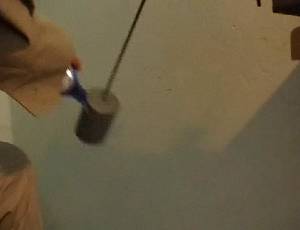 | The contact with the pendulum lasts for a
tenth of the second, |
|
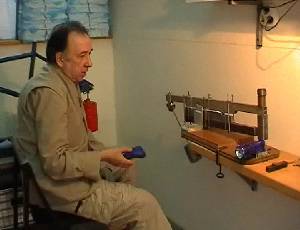 | and on the other side, the changes
are obvious. |
|










































